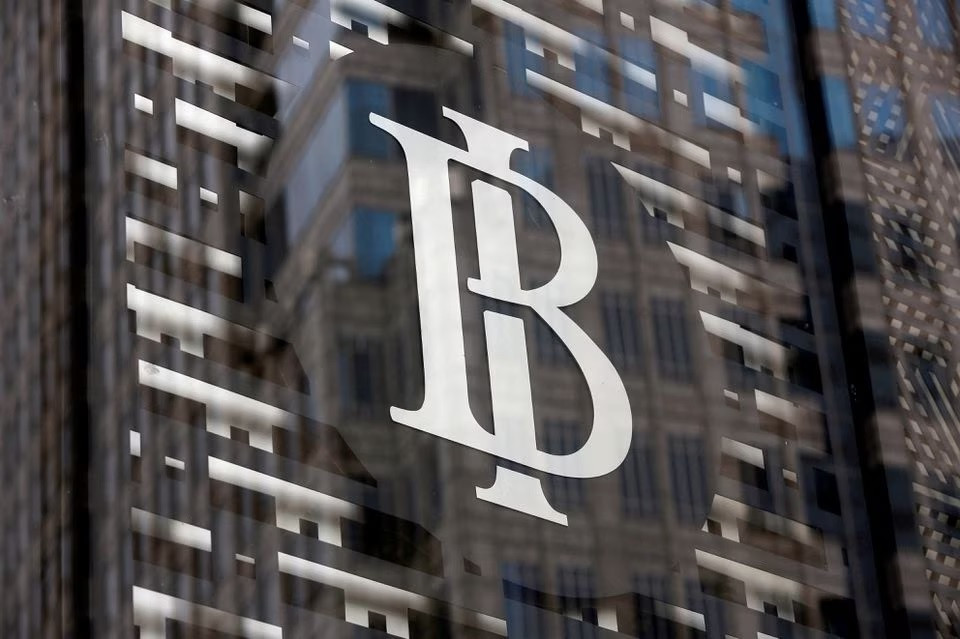Popular Reads
Top Results
Can't find what you're looking for?
View all search resultsPopular Reads
Top Results
Can't find what you're looking for?
View all search resultsManaging credit risk
Even though domestic consumption, the main driver of Indonesia's growth, will likely remain fairly robust next year, investors will, predictably, be in “wait and see” mode until the new government comes into power in October.
Change text size
Gift Premium Articles
to Anyone
P
resident Joko “Jokowi” Widodo has criticized the nation’s banks for holding large quantities of government bonds and Bank Indonesia (BI) monetary instruments rather than lending that money to businesses and individuals. Official data confirms that loan growth remained at 9 percent year on year (yoy) as of October, unchanged from last year.
The President’s concerns, raised at BI’s annual meeting last month, are reasonable. Bank credit is the lifeblood of business and, given the global economic uncertainty, the country’s economic growth will continue to depend largely on the domestic market.
In 2019, the nation’s banks held just Rp 571 trillion (US$36.8 billion) worth of government bonds, about 21 percent of the total outstanding, but after the pandemic, that figure rose to Rp 1.37 quadrillion in 2020 and to Rp 1.69 quadrillion in 2022, before falling slightly to Rp 1.57 quadrillion last month.
And as of October, banks held some Rp 119 trillion worth of BI rupiah securities (SRBI), which the central bank began issuing in August to manage liquidity and control the money supply. The instruments give banks another avenue for essential liquidity management.
The surprise 25-basis-point rise in the BI benchmark interest rate to 6 percent in October was expected to set off a vicious cycle. Borrowing costs would rise and higher interest burdens for enterprises would increase the risk of default, thereby prompting banks to be extra careful in issuing new credit. Further down the line, this would weaken economic growth.
But BI argued that the rate hike would not adversely affect lending, citing experiences in 2018 when it increased its benchmark interest rate by 175 basis points to 6 percent from April to December but credit growth still rose from 8.76 percent to 12.05 percent that year because liquidity was adequate and economic expansion was fairly brisk.
BI has reported that liquidity in the banking industry is still ample as the ratio of liquid assets to third-party funds remained at a high 26.36 percent in October. But the central bank also showed a worrisome trend, as third-party funds at banks rose only 3.43 yoy in October, down from the 6.54 percent rise in the preceding month.
Why, then, is the positive trend of 2018 not happening now? The main reasons, we think, are that the economic growth outlook for next year is not as rosy as in 2018 and the business risks in 2018 were not as high as they are now, given today’s global economic uncertainty, persistently high interest rates, a strong dollar and rising geopolitical tensions.
As banks in Indonesia depend mainly on lending for the bulk of their income, they are naturally eager to extend credit, but their lending decisions rely mainly on the macroeconomic outlook and projections of business risks. Unfortunately, the consensus prediction for the election year of 2024 is not all that promising.
Even though domestic consumption, the main driver of growth, will likely remain fairly robust, partially as a result of campaign-related spending, investors will, predictably, be in “wait and see” mode until the new government comes into power in October.
BI has predicted economic growth of between 4.7 and 5.5 percent in 2024, and most private analysts forecast growth of less than 5 percent.
Macroeconomic conditions can be kept from worsening if the government maintains policy consistency and the fiscal and monetary authorities work in harmony amid next year’s political noise and increased chance of social turbulence.
Lending to micro, small and medium enterprises (MSMEs) can still be expanded if the government speeds up the implementation of its long-delayed plan to write off over Rp 23 trillion in bad loans to 421,000 MSMEs in order to free up state banks to lend more to the sector, which accounts for nearly 62 percent of gross domestic product.











